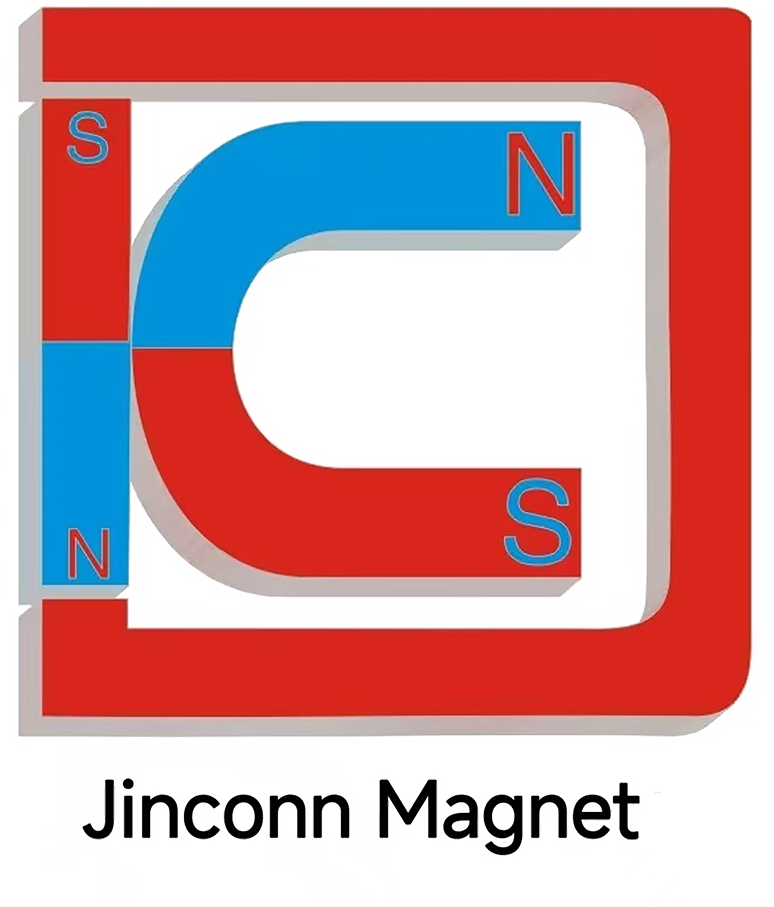Sustainable Strategies and Circular Economy: Future-Proofing the Rare Earth–Magnet Supply Chain
As the rare earth–alloy–magnet industry faces unprecedented global pressures—ranging from resource scarcity to climate change—sustainability and circular economy principles are quickly becoming the cornerstone of future strategy. Companies that invest now in closed-loop systems and next-generation materials will not only secure their own supply but also help future-proof the entire sector.
1. Recycling and Closed-Loop Supply Chains
Recovering rare earth elements from end-of-life products is emerging as a vital strategy for reducing dependence on mined resources. Magnet recycling programs are being developed worldwide, focused on extracting high-quality materials with high temperature resistance and corrosion resistance. These recovered elements can be refined and used to produce new alloys and magnets that meet demanding specifications.
For manufacturers, using recycled materials that retain high temperature resistance and corrosion resistance enables them to reduce environmental impact while still delivering performance for critical applications, such as electric vehicles and wind turbines.
2. Advanced Material Design: Building for the Future
Sustainable product design increasingly emphasizes the need for high coercivity and strong stability in both virgin and recycled magnets. Advances in materials science are allowing engineers to create alloys with high coercivity using fewer resources, and to design magnets that are easier to recycle at end of life.
At the same time, improving strong stability ensures that magnets maintain peak performance over longer operational lifetimes, reducing the need for frequent replacements and supporting long-term sustainability goals.
3. Expanding the Role of Strong Adsorption and Customization
In a circular economy, designing magnets with strong adsorption and the capacity to support customizable magnet solutions can help maximize their useful life. For example, customizable magnets can be tailored for disassembly or easy remanufacturing, reducing waste and facilitating the creation of new products from old components.
Strong adsorption is also critical for second-life applications, where magnets recovered from retired equipment must deliver reliable performance in new, potentially more demanding settings.
4. Policy and Industry Initiatives for a Sustainable Chain
Governments and industry groups are rolling out regulations and standards that require supply chain transparency, responsible sourcing, and robust end-of-life management. Certification schemes now emphasize the delivery of magnets that demonstrate high coercivity, strong stability, strong adsorption, and support for customization, alongside environmental credentials.
These new policies not only protect companies from supply disruptions but also help them win contracts with environmentally conscious buyers, who increasingly demand proof of sustainable practices.
5. The Future: Innovation and Strategic Partnerships
Strategic partnerships between mining firms, manufacturers, recyclers, and research institutions are accelerating the transition to a sustainable supply chain. By pooling expertise and resources, these collaborations can drive the development of next-generation magnets that combine high temperature resistance, corrosion resistance, high coercivity, strong stability, strong adsorption, and advanced customization capabilities.
Conclusion
The rare earth–alloy–magnet industry’s move towards sustainability and a circular economy is not just a response to regulatory pressure—it is a strategic imperative for long-term survival and global leadership. Prioritizing high temperature resistance, corrosion resistance, high coercivity, strong stability, strong adsorption, and customizable magnet solutions is the blueprint for an industry that is resilient, future-ready, and competitive on the world stage.




Jinconn WeChat









